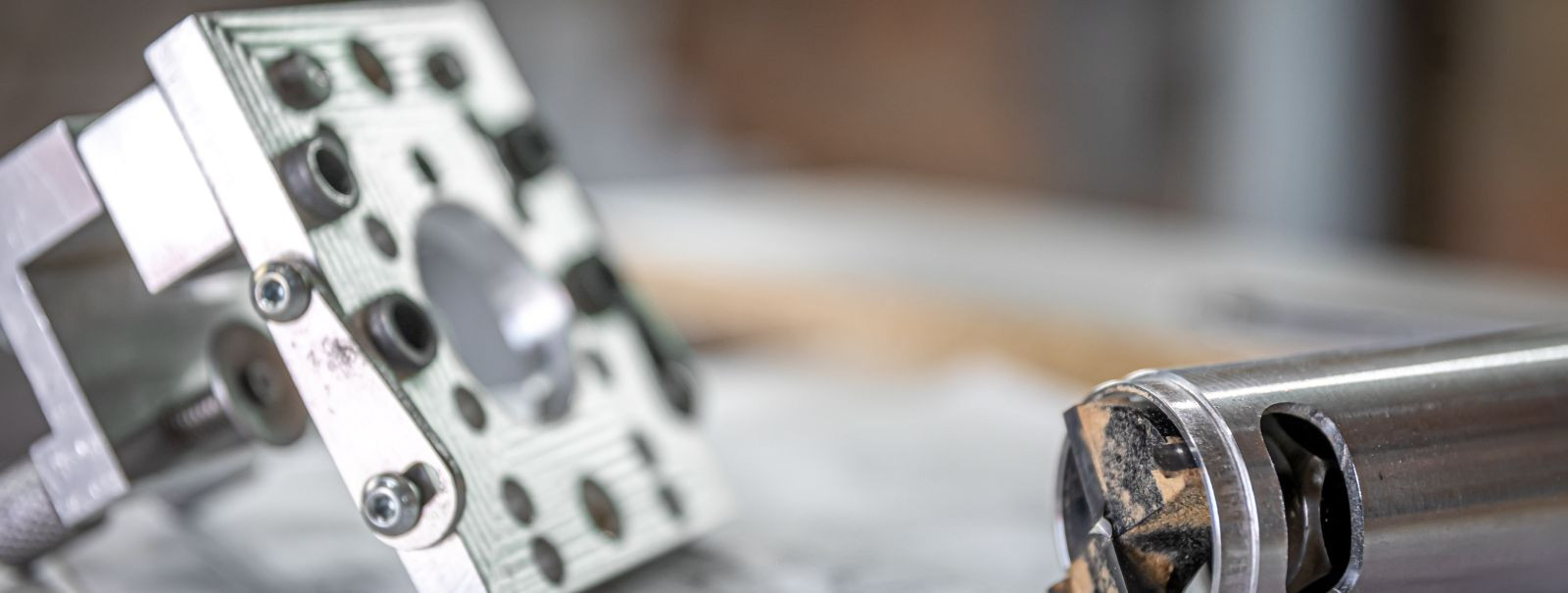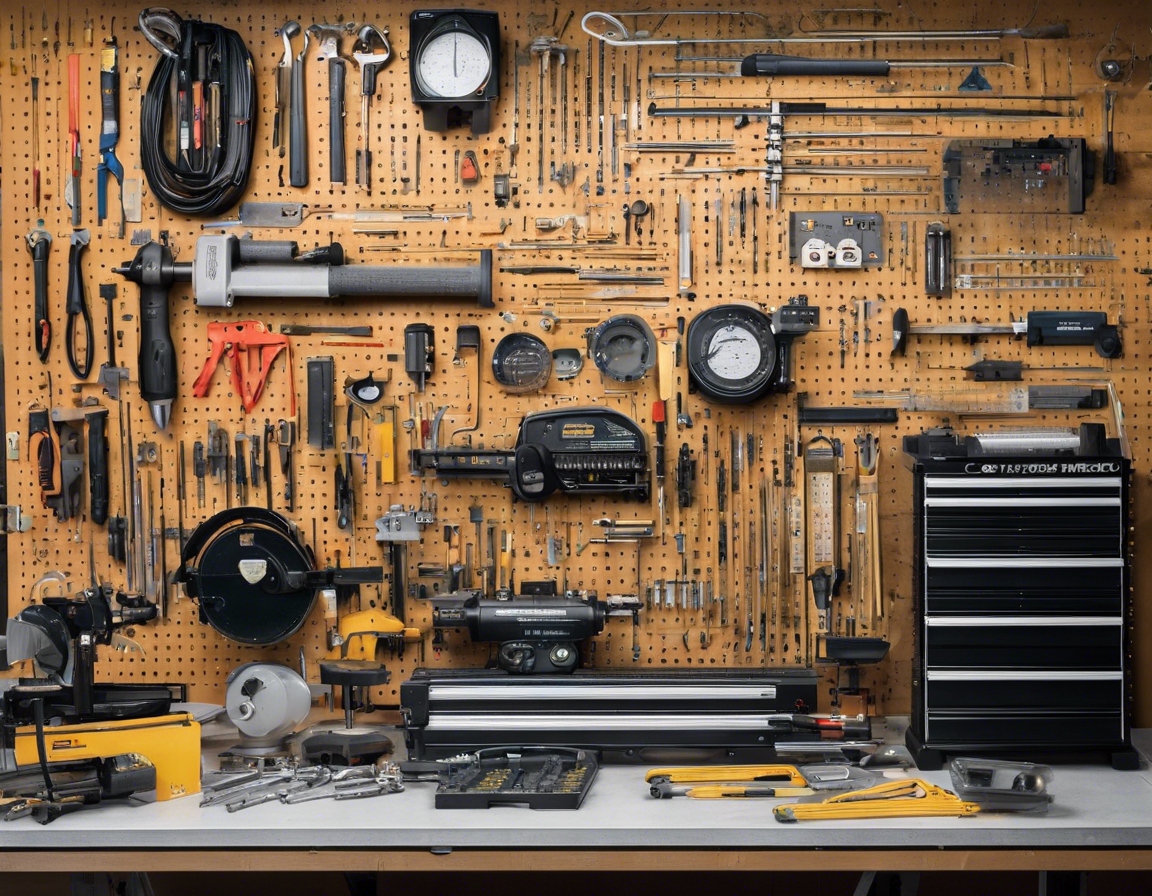Innovations in cable systems: what to expect
Cable systems are the backbone of industrial manufacturing, providing the essential infrastructure for power distribution, data transmission, and control systems. As industries evolve, the demand for more efficient, reliable, and sustainable cable solutions has never been greater. This blog explores the latest innovations in cable systems and what industrial manufacturers can expect in the near future.
The Evolution of Cable Systems
The journey of cable systems began with simple copper wires used for basic electrical connections. Over the decades, advancements in materials and technology have transformed these rudimentary systems into sophisticated networks capable of supporting complex industrial operations.
In recent years, the focus has shifted towards enhancing the efficiency and sustainability of cable systems. Innovations such as fiber optics, superconductors, and advanced insulation materials have significantly improved performance and reduced energy losses.
Key Innovations in Cable Systems
Smart cables are equipped with sensors and communication capabilities that allow real-time monitoring of electrical parameters. These cables can detect faults, predict failures, and optimize energy usage, making them indispensable in modern industrial settings.
The development of high-performance materials, such as carbon nanotubes and graphene, has revolutionized cable manufacturing. These materials offer superior conductivity, flexibility, and strength, enabling the creation of cables that are lighter, more durable, and capable of handling higher loads.
Innovations in cable coatings and insulation have led to products that are more resistant to environmental factors such as heat, moisture, and chemicals. This not only extends the lifespan of cables but also reduces maintenance costs and environmental impact.
The Role of Technology in Cable System Innovations
The Internet of Things (IoT) has paved the way for interconnected cable systems that communicate with other devices and systems. This connectivity allows for smarter energy management, improved safety, and enhanced operational efficiency.
Artificial Intelligence (AI) is being leveraged to analyze data from smart cables, enabling predictive maintenance strategies. By anticipating potential issues before they occur, manufacturers can minimize downtime and optimize their operations.
Future Trends in Cable Systems
As the world shifts towards renewable energy sources, cable systems are being designed to support solar, wind, and other green technologies. This includes the development of cables that can efficiently transmit power from remote renewable installations to urban centers.
The future of cable systems lies in customization and modularity. Manufacturers are increasingly offering tailored solutions that meet specific industrial needs, allowing for greater flexibility and scalability in cable system design.







Comments (0)